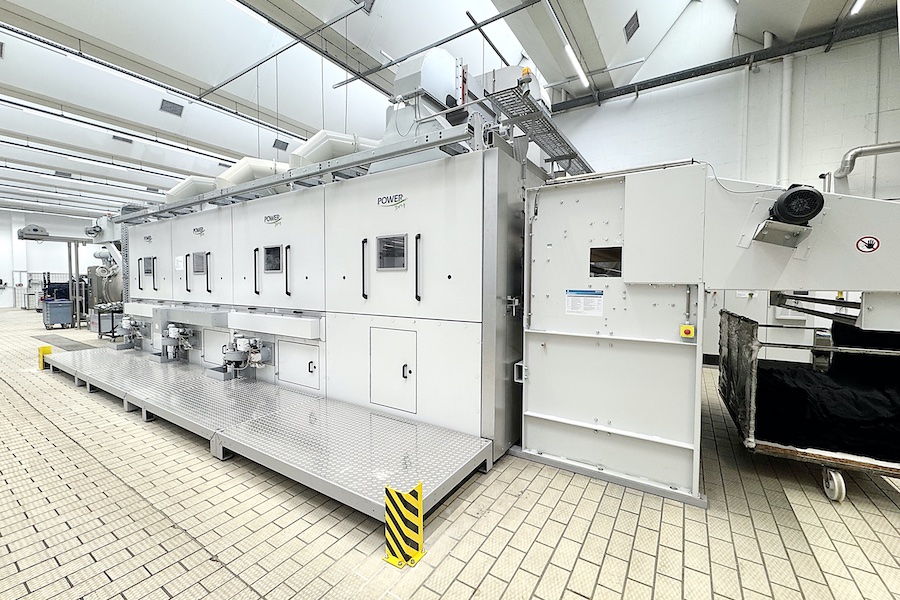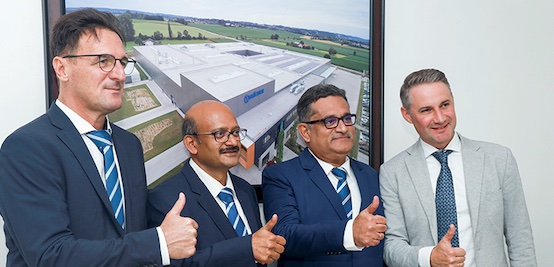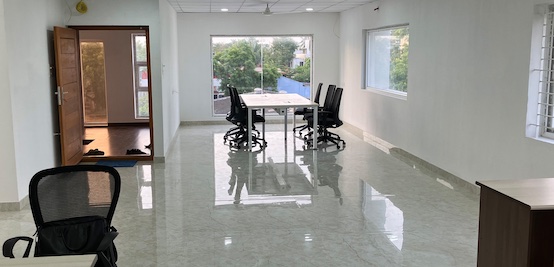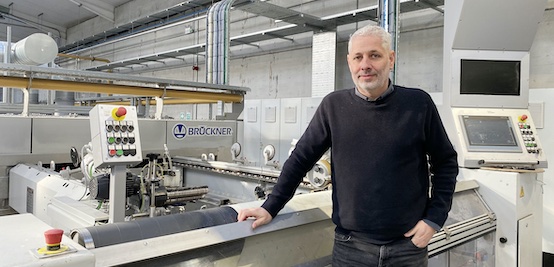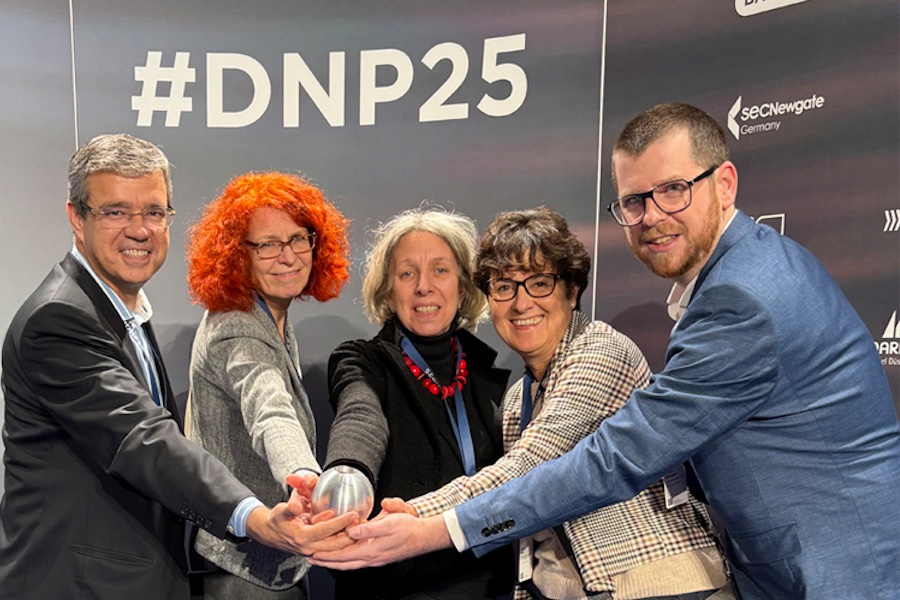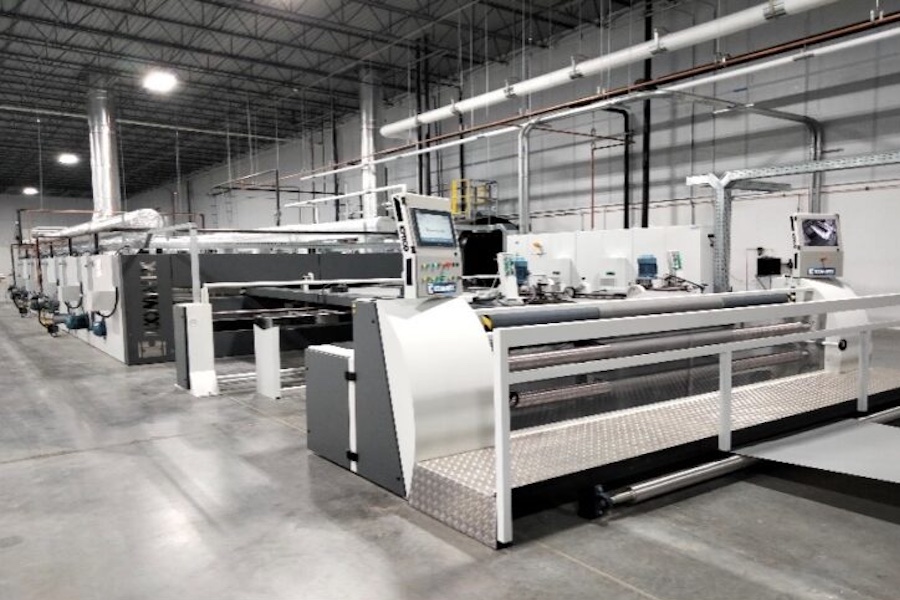#Dyeing, Drying, Finishing
RÖKONA trusts in technology made by BRÜCKNER
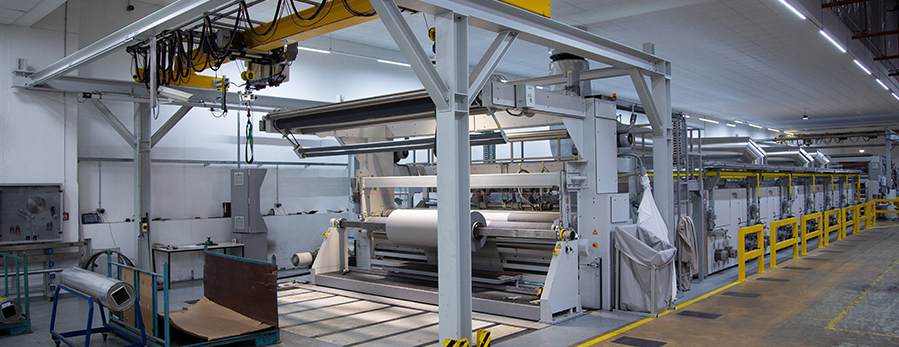
Shortly after the end of World War II, Gerhard Rösch established in 1949 with only one knitting machine the textile company Gerhard Rösch GmbH in Tübingen in the South of Germany. At that time the company produced mainly sleepwear textiles for ladies and polo shirts as well as men’s shirts. With the foundation of RÖKONA GmbH & Co. KG in 1963, the company established itself also as innovative textile producer beyond the clothing industry and provided very soon well-known automotive manufacturers with technical textile solutions.
Flexibility and high process safety are basic prerequisites for a successful and customer-oriented production. Equally important is an efficient machine park. For more than 40 years RÖKONA trusts in BRÜCKNER lines for the finishing of their high-quality textiles. The German textile machinery producer supplies not only tailor-made lines for textile finishing but also the necessary technology. In narrow cooperation with the customer BRÜCKNER develops the perfect solution for any application and for any process. The successful partnership of both family-run companies was continued and confirmed just recently with the commissioning of another extremely wide stenter system. In cooperation with the customer’s project team several fabric paths within the line have been planned to allow the finishing with low tension of RÖKONA’s many different fabric types. In front of the stenter is a drum washing machine with a newly developed impregnation padder. This prevents as far as possible excess residual liquor. A straightening unit with intelligent drive system in the entry of the stenter provides for a precise fabric flow without bow and diagonal distortions. The temperature homogeneity in the interior of the stenter is extremely high over the complete dryer length and width. This is due on the one hand to the alternating arrangement of the heating sources every 1.5 m and on the other hand to the sophisticated air circulating system of the BRÜCKNER stenter. The absolutely homogeneous heat-setting ensures the highest possible fabric quality. The newly developped non-lub stenter chain provides for clearly less maintenance and less costs for the customer.
Further cost savings are provided by installed sensors minimizing the energy required by the process and energetically optimized fan motors. For a traceable management and control of the production the line is connected via a data interface to the customer’s ERP system. At the end of the new 6-chamber line the fabric is wound up nearly without tension on a dyebeam thanks to a highly sensitive dancer control. This is extremely important for RÖKONA to achieve an absolutely homogeneous and equal dyeing of the fabric.
RÖKONA is also very active in the field of sustainability and environmental protection. The recently commissioned line is together with all other stenters connected to a regenerative post-combustion system integrated into the district heating system of the municipality of Tübingen. The hot exhaust air of the stenter is first thermally cleaned and is then used for the heating of water which is supplied directly to the public utility network. This saves every year approx. 350.000 l of fuel oil.
Regina Brückner, owner of the textile machinery producer BRÜCKNER located in Leonberg, is particularly happy about this successful project between RÖKONA and the public utility of Tübingen. "It is good to see our customers breaking new ground and continuously optimizing their processes. In order to be successful in today's world and to be able to withstand increasingly tough competition in the future, we urgently need a sustainable business policy.”



